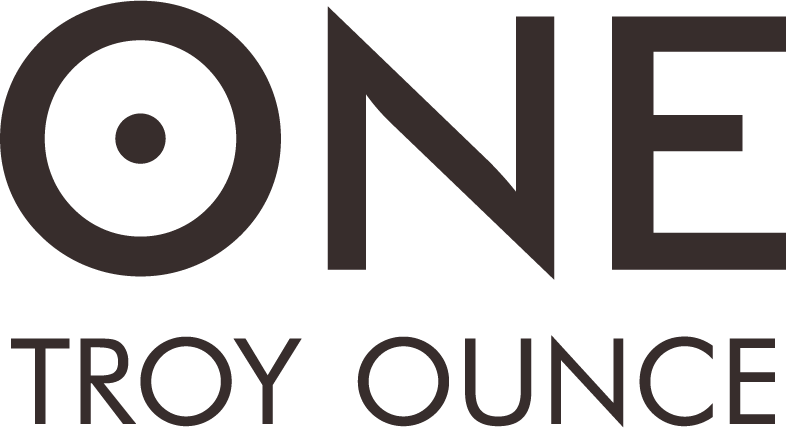German bullion coins have long been admired by collectors and investors for their exceptional quality, intricate designs, and historical significance. From the early days of the Holy Roman Empire to modern Germany, these coins have played a critical role in the nation's economic development and are a testament to the country's rich cultural heritage. In this article, we will delve into the fascinating world of German bullion coins, exploring their origins, evolution, and enduring popularity among numismatists and precious metal enthusiasts worldwide.
The Early Days: Coins of the Holy Roman Empire
-
Goldguldens: The goldgulden, a gold coin introduced in the 14th century, was the standard currency of the Holy Roman Empire. Minted in various states and cities, goldguldens featured an array of designs, often showcasing the ruling monarch or patron saint. The goldgulden remained in circulation until the early 16th century when it was gradually replaced by the gold ducat.
-
Gold Ducats: Gold ducats were first minted in the Holy Roman Empire in the 16th century and quickly became a popular trade coin throughout Europe. These coins typically featured an image of the reigning emperor and various religious or heraldic symbols. Gold ducats were minted in different regions of the empire, each with their unique designs and denominations.
The Modern Era: Coins of the German States and Empire
-
Gold Marks: Following the unification of Germany in 1871, the gold mark was introduced as the country's new gold currency. Gold marks were minted in denominations of 5, 10, and 20, with the 20-mark coin being the most widely circulated. These coins featured an image of the German emperor, Wilhelm I or Wilhelm II, and the imperial eagle.
-
Silver Marks: Silver marks were also minted in various denominations, such as the popular 5-mark coin. These coins featured designs reflecting the culture and history of the German Empire, including images of historical figures, monuments, and the imperial coat of arms.
-
Commemorative Bullion Coins: Throughout its history, Germany has issued numerous commemorative bullion coins to celebrate significant events, anniversaries, and achievements. These coins, often minted in gold and silver, feature unique designs and limited mintages, making them sought-after collectibles.
Modern German Bullion Coins
-
Gold and Silver Commemorative Coins: Today, Germany continues to issue commemorative bullion coins in gold and silver. These coins often celebrate important historical figures, events, and cultural icons, with recent examples including the 2019 100th Anniversary of the Weimar Constitution gold coin and the 2020 50th Anniversary of Willy Brandt's Kniefall von Warschau silver coin.
-
Gold and Silver Bullion Coins: Germany also produces modern gold and silver bullion coins, such as the Gold and Silver Germania series. These coins feature designs inspired by Germany's rich cultural heritage and are minted in various weights and denominations.
International Recognition and Demand
-
Legal Tender Status: German bullion coins are considered legal tender in Germany, which means they are exempt from capital gains tax for German residents. This legal status has helped to bolster their popularity among investors in Germany and around the world.
-
Purity and Quality: German bullion coins are known for their high purity and exceptional quality, making them an attractive option for investors seeking a secure and easily tradable store of value. The stringent quality control standards of Germany's mints ensure that each coin meets the highest levels of craftsmanship.
-
Global Appeal: German bullion
coins are widely recognized and respected among collectors and investors worldwide, thanks to their intricate designs, historical significance, and excellent quality. This international demand contributes to the liquidity of German bullion coins, making them a popular choice for those looking to invest in precious metals.
Tips for Collecting and Investing in German Bullion Coins
-
Research: Familiarize yourself with the different types of German bullion coins, their designs, and their historical context. Understanding the nuances of each coin will help you make informed decisions when building your collection or investment portfolio.
-
Buy from Reputable Dealers: To ensure that you are purchasing authentic German bullion coins, buy from reputable dealers who are known for their expertise and commitment to customer satisfaction. This will help protect you from counterfeit coins and unscrupulous sellers.
-
Store Safely: Store your German bullion coins in a secure location, such as a safe deposit box, to protect them from theft, damage, or loss. Proper storage will help preserve the value and condition of your coins over time.
-
Diversify: Consider diversifying your collection or investment by acquiring a mix of gold, silver, and commemorative German bullion coins. This diversification can help protect your wealth from market fluctuations and provide a well-rounded representation of Germany's rich numismatic history.
German bullion coins offer a fascinating journey through the nation's storied past, from the days of the Holy Roman Empire to the modern era. With their exceptional quality, intricate designs, and historical significance, these coins are not only valuable investments but also treasured collectibles that celebrate Germany's rich cultural heritage. By understanding the history and unique attributes of German bullion coins, you can make informed decisions as you build your collection or invest in precious metals
-
